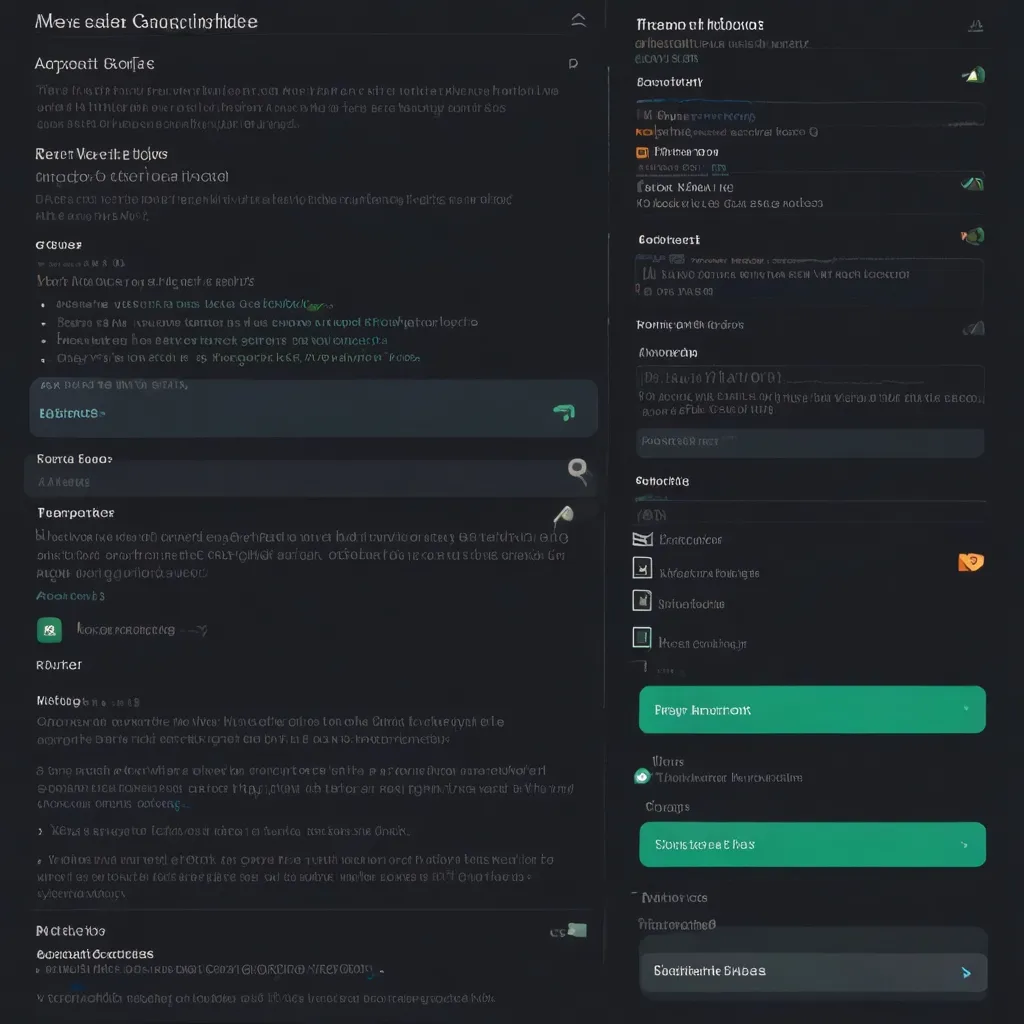In today’s web development arena, the buzz around headless Content Management Systems (CMS) is real, and Strapi is one of the frontrunners. Strapi is a cool, open-source CMS built on Node.js that lets developers focus on content without sweating over the frontend.
Now, let’s talk Strapi. It’s a headless CMS, meaning it doesn’t come with a pre-made frontend. Instead, it generates APIs from content models on its own. This approach makes handling data and integrating with any frontend stack super easy. No wonder developers love it!
Strapi is all about making life simple. Its standout feature is the Content-Type Builder, a neat, user-friendly tool that helps create flexible API structures without deep diving into backend coding. Developers can effortlessly define models, set relationships, and create rich content layouts. Customizable and self-hosted, Strapi offers a smooth admin panel for hassle-free content management. Plus, it supports a range of databases including MongoDB and PostgreSQL, giving developers freedom in choosing the right database for their projects.
The API-first nature of Strapi integrates seamlessly with various frontend frameworks like React, Vue, and Angular. This means you can hook up Strapi with your favorite tech stack without breaking a sweat. For example, with a React application, Strapi’s APIs—whether REST or GraphQL—are easy to consume.
Strapi’s versatility extends beyond websites. It’s perfect for mobile apps, enabling them to fetch and display dynamic content. For eCommerce, it can manage everything from product catalogs to customer data, providing a powerful backend. Strapi also shines in building APIs, serving as an excellent choice for microservices architecture.
Strapi’s growing community is a testament to its reliability. As an open-source platform, it thrives on contributions from developers worldwide who continuously enhance its ecosystem. The extensive documentation and active forums are there to help tackle any roadblocks you might hit.
When talking headless CMSs, Directus often comes into the conversation. While Directus is more about rapid database schema design, Strapi specializes in content management. This makes Strapi a superior choice for projects where managing content efficiently is key.
Starting with Strapi is pretty straightforward. A single command gets you rolling:
npx create-strapi-app@latest my-project
Run this command, and bam! You’re ready to build content models and APIs. The admin panel, accessible at /admin, lets you create your first user and start adding data right away.
Strapi’s real-world applications are vast. For a blog, it can efficiently manage posts, categories, and tags. Building an eCommerce site? Strapi handles your product catalog, customer info, and orders like a champ. Its flexibility and usability make it a popular choice across industries.
The rise of headless CMSs signals a bigger trend in web development. The demand for tools that can manage complex content without the headaches of traditional CMSs is rocketing. With its robust features and developer-friendly nest, Strapi is poised to ride this wave.
In summary, Strapi is a powerhouse for developers aiming to build dynamic, content-rich applications. Its headless nature, user-friendliness, and seamless integration with various frontend frameworks make it a top pick for modern web projects. Whether it’s a website, a mobile app, or an eCommerce platform, Strapi offers the flexibility and scalability to deliver robust digital experiences. As its community continues to grow and evolve, Strapi is set to remain a major player in the headless CMS game for a long time.





